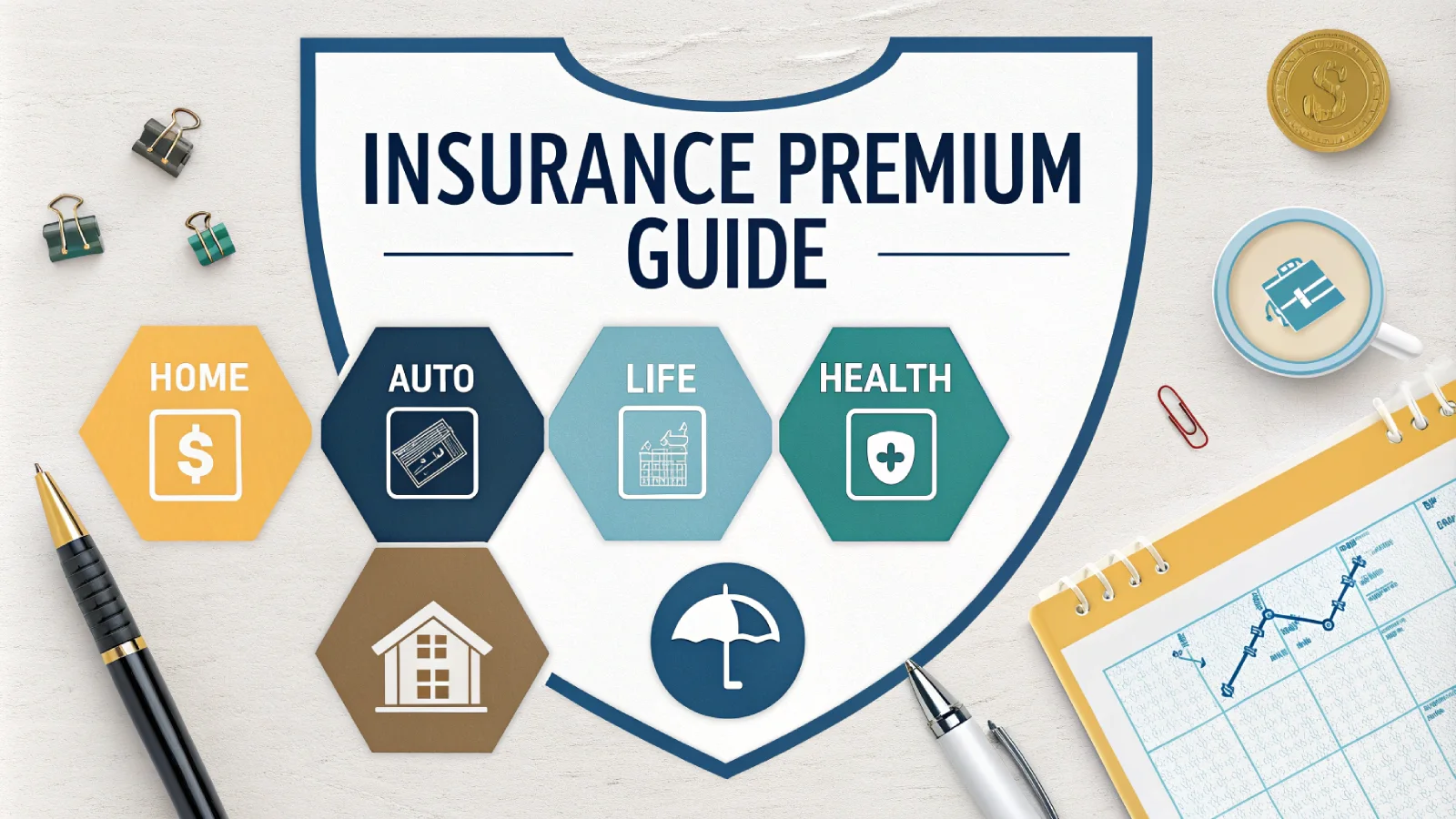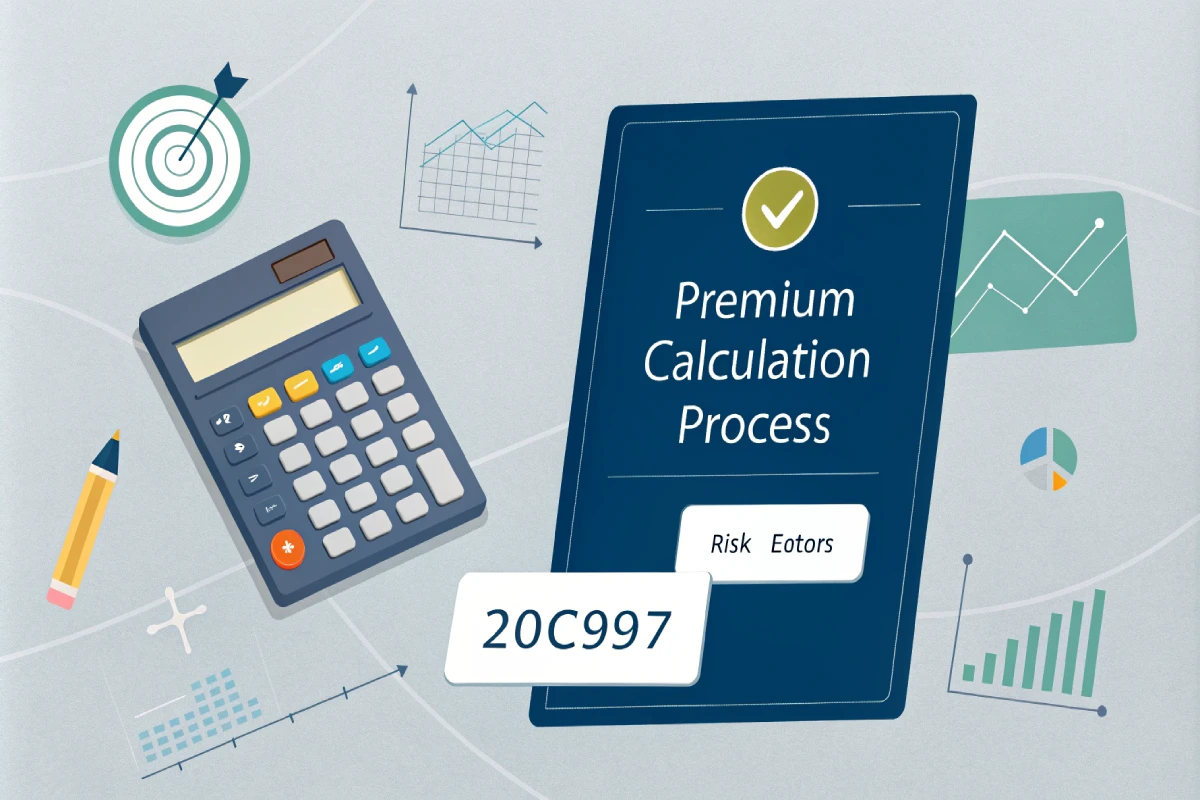
Understanding Insurance Premiums: A Comprehensive Guide to Cost Factors and Optimization
Table of Contents
Insurance premiums form the foundation of any insurance policy, representing the regular payments that keep your coverage active and protect your financial well-being. This comprehensive guide explores the intricate factors that influence premium calculations, helping you make informed decisions about your insurance coverage.
Key Factors Influencing Premium Calculations
Risk Assessment
Insurance companies employ sophisticated actuarial methods to evaluate risk factors specific to each type of coverage. For example, auto insurance premiums consider:
- Driving history and claims record
- Vehicle make, model, and age
- Geographic location and local accident rates
- Annual mileage and primary use of the vehicle
Demographic Considerations
Personal characteristics significantly impact premium calculations across various insurance types:
- Age and gender
- Occupation and education level
- Marital status
- Credit history (in applicable jurisdictions)
Coverage Options and Policy Features
The scope and extent of coverage directly affect premium costs:
- Coverage limits and deductible amounts
- Additional riders and endorsements
- Bundled policies and multi-line discounts
- Optional coverage features
Market Conditions and External Factors
Broader economic and industry factors influence premium rates:
- Regional insurance regulations
- Natural disaster risks
- Economic inflation
- Competition among insurance providers
Premium Optimization Strategies
Understanding how to optimize your insurance premiums without sacrificing necessary coverage is crucial for long-term financial planning.
1. Regular Policy Reviews
Conduct annual reviews of your insurance policies to ensure they align with your current needs. Life changes such as marriage, home purchases, or retirement may warrant coverage adjustments that could affect your premiums.
2. Risk Mitigation Measures
Implement risk-reduction strategies to qualify for lower premiums:
- Install security systems and safety devices
- Maintain good credit scores
- Complete defensive driving courses
- Adopt healthy lifestyle habits for life insurance
3. Deductible Management
Consider adjusting your deductibles based on your financial situation:
- Higher deductibles generally lower premium costs
- Evaluate your emergency fund capacity
- Balance potential out-of-pocket expenses with premium savings
4. Discount Opportunities
Research and capitalize on available discount programs:
- Multi-policy bundling
- Professional association memberships
- Safety feature installations
- Loyalty programs
Premium Payment Structures
Understanding payment options can help optimize your insurance costs:
Annual vs. Monthly Payments
Many insurers offer discounts for annual premium payments compared to monthly installations. While this requires a larger upfront payment, the long-term savings can be substantial.
Electronic Payment Benefits
Automatic payment arrangements often qualify for additional discounts and ensure uninterrupted coverage while reducing administrative costs for insurers.
The Impact of Claims on Premiums
Claims History Analysis
Insurance companies evaluate:
- Frequency of claims
- Severity of incidents
- Time between claims
- Fault determination in accidents
Strategic Claims Management
Consider these factors before filing claims:
- Compare claim amount to deductible
- Evaluate potential premium increases
- Consider minor repairs out-of-pocket
- Maintain emergency funds for small incidents
Industry Trends and Future Considerations
Usage-Based Insurance
Telematics and smart devices enable:
- Pay-per-mile coverage options
- Behavior-based premium adjustments
- Real-time risk assessment
- Personalized coverage recommendations
Climate Change Impact
Environmental factors increasingly influence premiums:
- Updated flood zone mappings
- Wildfire risk assessments
- Severe weather pattern analysis
- Building code compliance requirements
Regulatory Changes
Insurance regulations affect premium calculations:
- State-specific requirements
- Coverage mandates
- Rate increase limitations
- Consumer protection measures
Making Informed Premium Decisions
Research and Compare
- Obtain multiple quotes from reputable insurers
- Review coverage details thoroughly
- Consider insurer financial strength ratings
- Evaluate customer service reputations
Consult Professional Advice
- Work with licensed insurance agents
- Seek financial advisor input
- Review policy details with legal professionals
- Consider risk management consultants
Document and Track
- Maintain detailed records of coverage changes
- Monitor premium adjustment patterns
- Track claims and incident reports
- Keep risk mitigation measure documentation
Conclusion
Insurance premiums represent a critical aspect of financial planning and risk management. Understanding the factors that influence premium calculations enables informed decision-making about coverage options and cost optimization strategies. Regular review and adjustment of insurance policies, combined with proactive risk management, can help maintain appropriate coverage while controlling premium costs.
Remember that the lowest premium may not always represent the best value. Consider the insurer's reputation, financial stability, and claims handling process alongside premium costs when making insurance decisions. As the insurance industry continues to evolve, staying informed about new coverage options and premium calculation methods will help you maintain optimal protection for your specific needs.

